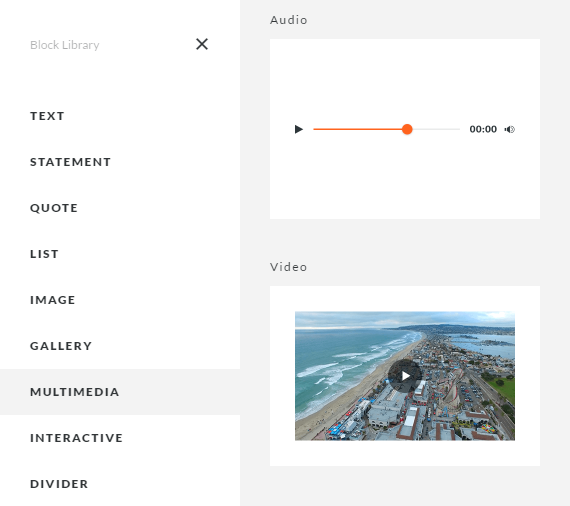Instructional Designer’s View on Articulate 360 Rise
Over the last decade, a significant number and variety of eLearning course development tools have emerged. The prominent eLearning authoring tools we use today are Articulate Storyline, Lectora, Captivate, Elucidat, etc. for custom eLearning as well as multi-device eLearning. Every tool has its utility based on what eLearning requirement it suits for. Time and Instructional Strategy are two major factors considered while selecting an eLearning course development tool. Instructional designers have key role in selecting the right authoring tool. They will act as a guiding needle between the learning requirements and the selection of course development tool.
In this blog, we will discuss an Instructional Designer’s take on Articulate Rise. I will list Articulate Rise features and discuss their relevance with Instructional Design Process, instructional strategies or Learning impact. This will help an instructional designer to understand and opt Articulate Rise for varied learning needs.
Suitable for all Types of Content
Learning content can be classified into following five types:
Articulate Rise can produce an effective eLearning course for all types of contents. It has in-built eLearning interactions for Process and Procedures, and a Timeline interaction for Facts. We can incorporate explainer videos for Concepts. Present Principles using in-built Text, Statement, Quote, List and Interactive blocks.
Sufficient and Easily Comprehensible Interactions
Articulate Rise offers you almost all engaging interactions required to create an effective corporate training or eLearning course.
Following are the list of interactions you can create using Articulate Rise:
| Accordion | Tabs | Flashcard Grid | Flashcard Stack |
| Timeline | Process | Buttons | Sorting Activity |
Reduce Storyboarding Efforts
The predefined or in-built course elements of Articulate Rise, add value in creating eLearning course while reducing efforts to write ‘Developer Instructions’. Instructional designer can populate content and media elements and mention Rise’s Pre-Built Lessons or Rise’s Block Lesson Options.
Free-size Canvas
One of the major difference between Augmented Reality and normal eLearning is – AR is unbounded to screen whereas eLearning is Screen-bounded. The learner who takes eLearning course on desktop may not be able to see all the related learning points in one single instance. And you have no choice but to divide the related concepts (to be learned in one go) into multiple slides. Though Articulate Rise is a screen bound learning delivery platform, it offers you larger slide size or canvas to design learning to an extent you require. Articulate says it is ‘Modular and Flexible’. For example, you can add any number of learning points of varied type such as Text, Statement, and Multimedia etc., one after the other on the screen. Articulate Rise refers to these elements as ‘blocks’.
Less Distractions
Articulate Rise produces courses with Minimalistic Learning Design approach. In instructional design sense, this has a significant value that learner will have less chances of getting distracted. On the flipside, Articulate Rise do not provide the flexibility to add elements either to enhance look-and-feel or to fill the empty space. However, its minimal-design approach suffices to add value on course aesthetics – with minimal or only necessary learning elements it looks sleek, trendy and elegant.
Conclusion
Articulate Rise offers you all the features required to create an elegant, engaging and specific eLearning course, meeting all the preferences of millennial learners. We have created a sample course on “Effective Email Writing” for demo. Click the below button to access the course.
Our Services: eLearning Service Provider, PowerPoint to eLearning, Flash to HTML5 Migration





Leave a Reply
Want to join the discussion?Feel free to contribute!